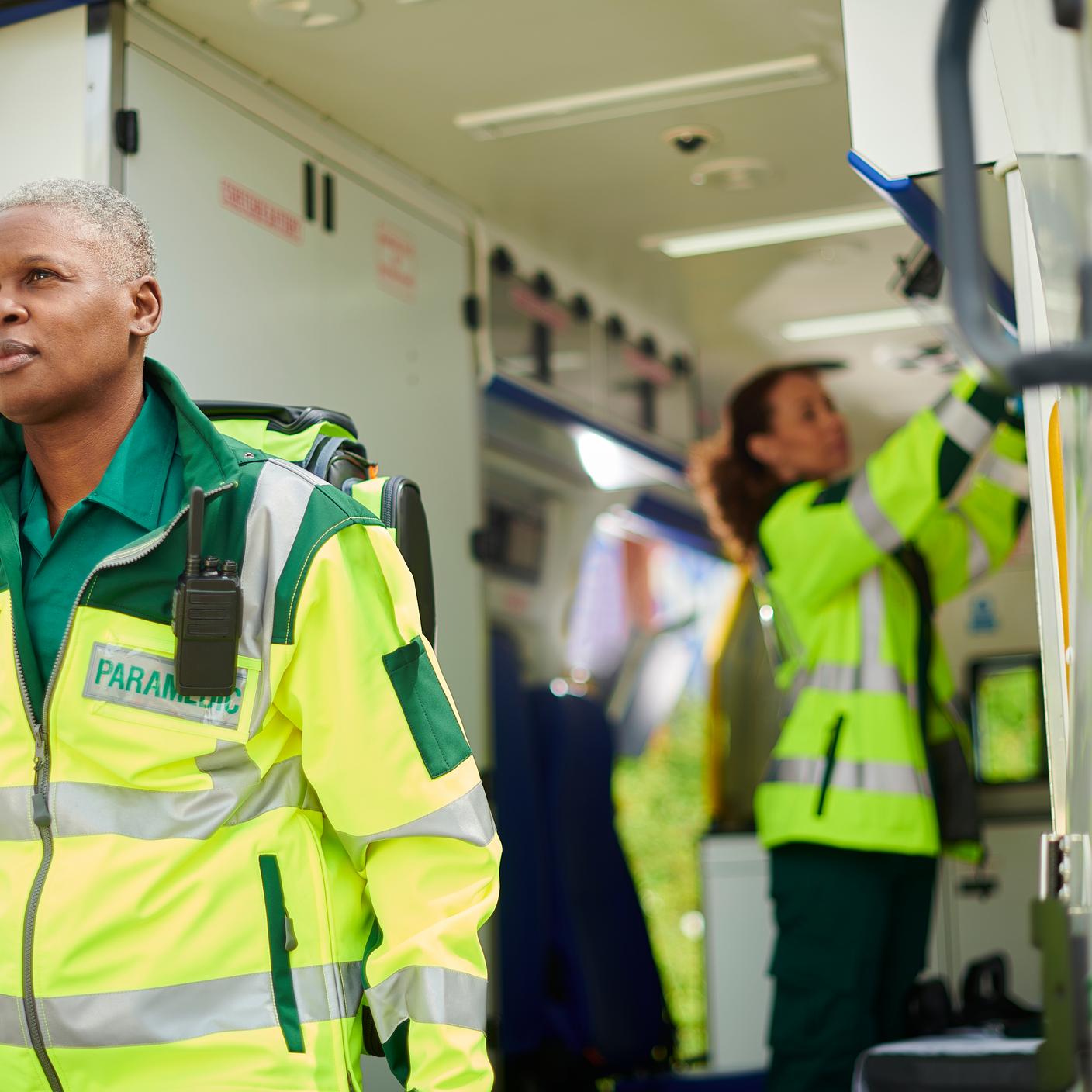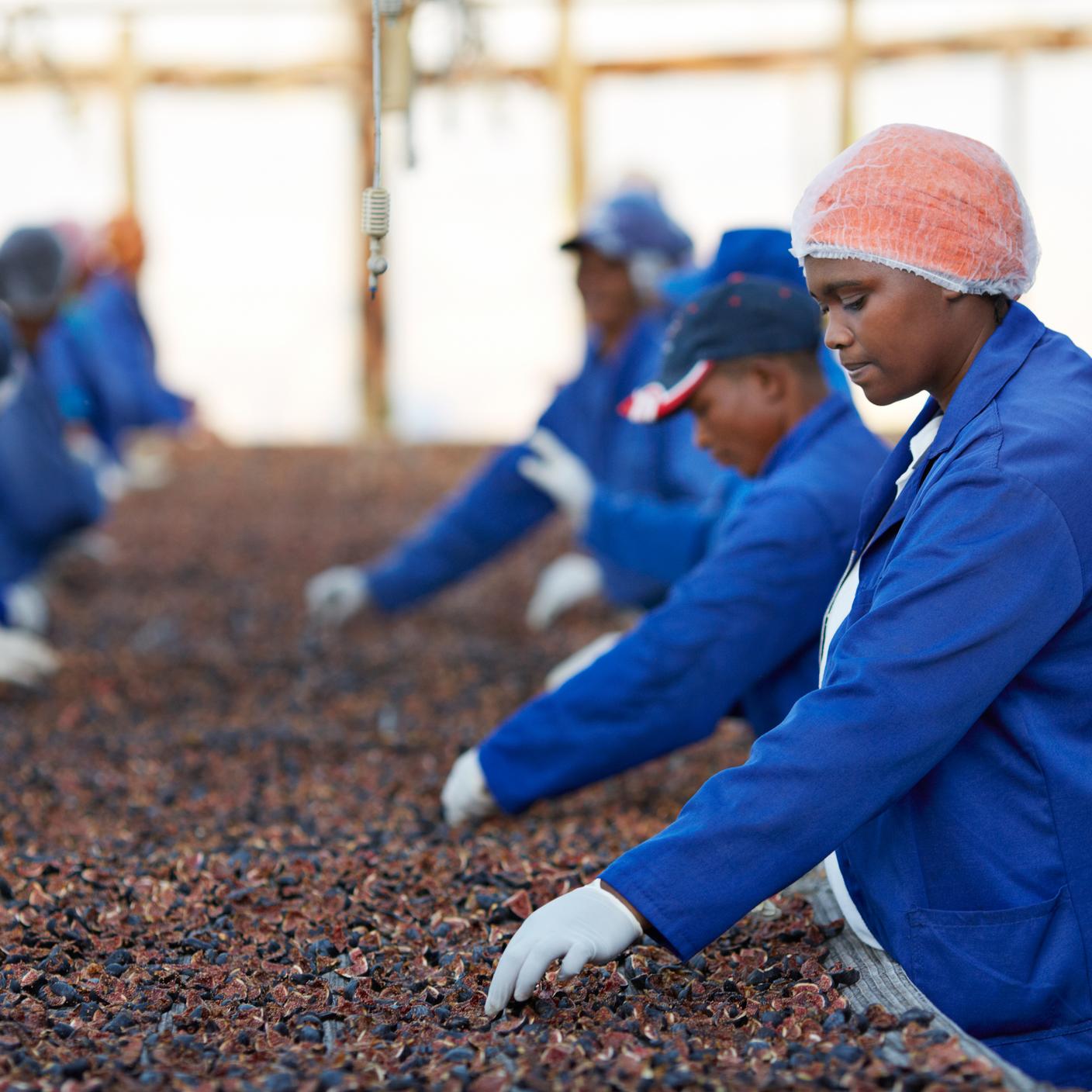Personal protective equipment (PPE) is vital for safeguarding workers from physical, chemical, and biological hazards. BSI provides testing and certification to ensure PPE meets strict international standards for durability, material resistance, and user comfort.
As a Notified Body for CE marking and an Approved Body for UKCA marking, BSI helps manufacturers comply with Regulation (EU) 2016/425 and UK legislation. We also offer BSI Kitemark certification, enhancing product quality, consumer trust, and ongoing compliance through continuous monitoring.
We certify:
• Respiratory protection – masks, air-purifying respirators, SCBA
• Head protection – industrial, climbing, equestrian, firefighter helmets
• Eyewear – safety goggles, face shields, laser protection
• Gloves and condoms – medical, chemical-resistant, latex gloves and condoms
• Protective clothing – flame-resistant, chemical suits, high-visibility workwear
• Footwear – safety boots, puncture-resistant shoes, firefighter boots
• Hearing protection – earplugs, earmuffs, noise-reducing devices
• Floatation devices – life jackets, personal floatation aids, rescue equipment




